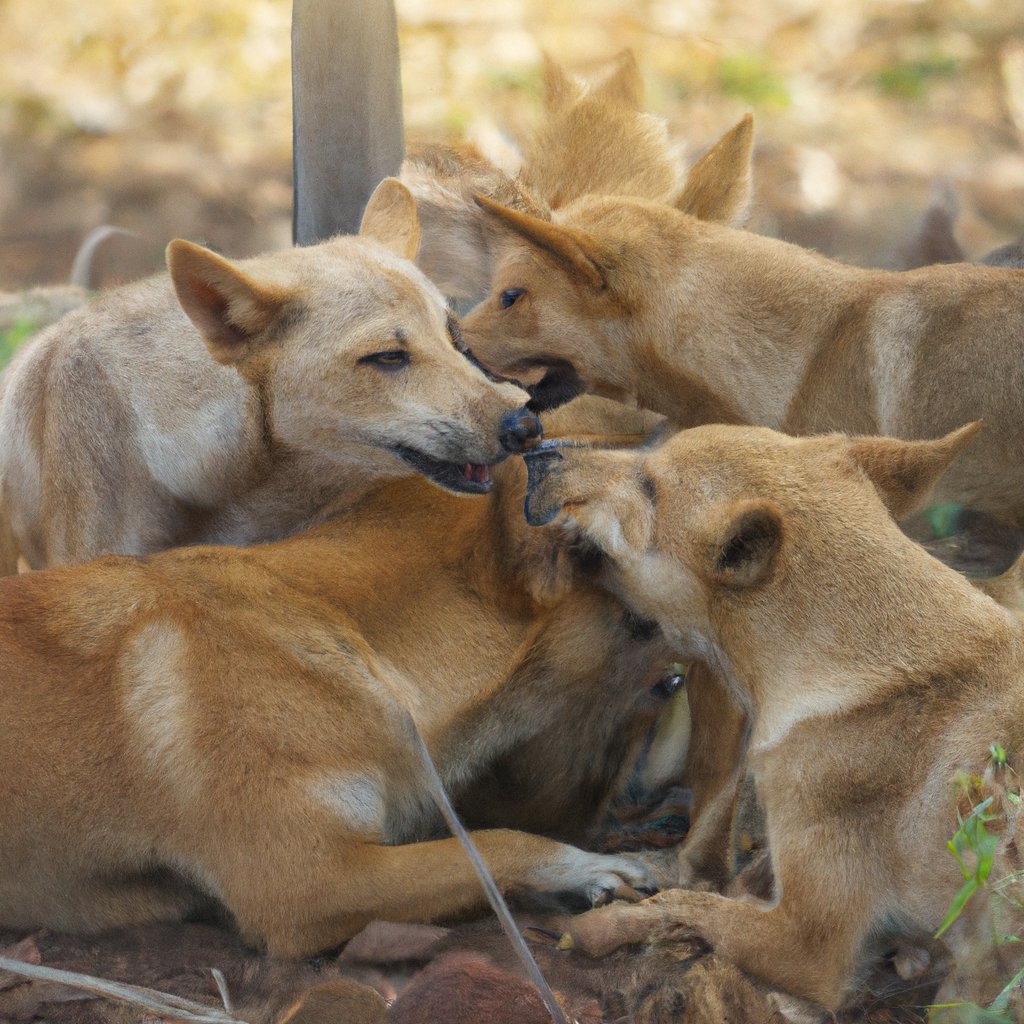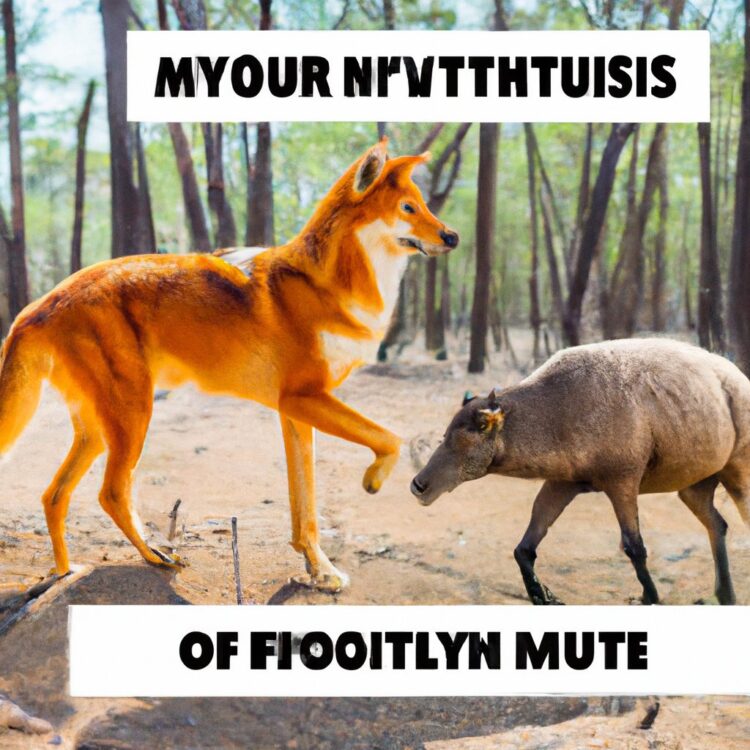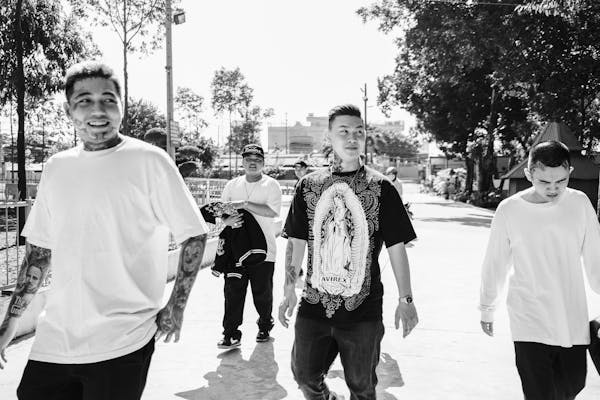It’s a story that has captivated the world for over three decades. The infamous “”Dingo ate my baby”” incident is one of those rare events that manages to capture both tragedy and intrigue in equal measure. But how much of what we think we know about this story is actually true? In this blog post, we set out to separate fact from fiction as we explore the myths and realities surrounding the Dingo Attack. From what really happened on that fateful night, to how it affected the community and animal safety, join us as we dig deep into one of Australia’s most enduring mysteries!
The Dingo Attack and the Media
The media frenzy surrounding the Dingo Attack was nothing short of sensational. From tabloid headlines to prime-time news broadcasts, the story quickly became a global phenomenon. But in their rush to report on the tragedy, many journalists failed to separate fact from fiction.
Some news outlets reported that there had been multiple sightings of wild dogs in the area, leading some people to believe that dingoes were not responsible for Azaria’s disappearance. Others speculated that Azaria’s parents might have played a role in her death, raising questions about their motives and character.
Despite these rumors and innuendos, forensic evidence eventually confirmed what Lindy Chamberlain had been saying all along: that her baby daughter had indeed been taken by a dingo. But even then, some members of the media refused to accept this reality.
In many ways, the Dingo Attack was a cautionary tale about how easily misinformation can spread – especially when it comes to high-profile events like this one. While journalists certainly play an important role in keeping us informed about current events, it’s also up to us as consumers of news media to approach these stories with critical thinking skills and skepticism.
The Dingo Attack: What Really Happened
On the night of August 17, 1980, Lindy Chamberlain and her husband Michael were camping with their three children in Uluru-Kata Tjuta National Park. As they settled down for the evening, their nine-week-old daughter Azaria was sleeping peacefully in her bassinet. But what happened next would change their lives forever.
During the night, Lindy heard a rustling sound and saw a dingo near their tent. She quickly checked on Azaria but found that she had disappeared from her bassinet. The frantic search for Azaria began immediately.
Despite extensive searches by park rangers and police, no trace of Azaria was found except for some clothing items outside the family’s tent which suggested that a wild animal could have taken her away.
However, rumours started to surface that something more sinister may have occurred – that perhaps Lindy had killed Azaria herself. These rumours led to accusations of murder and a legal battle lasting years until new evidence appeared proving that it was indeed likely that a dingo took baby Azaria from her parents’ campsite.
This tragic event has been remembered through pop culture references such as “”A Dingo Ate My Baby”” line used in Seinfeld or Meryl Streep’s performance in “Cry In The Dark”. Nevertheless, it serves as an important reminder about not jumping into conclusions before knowing all facts about an incident.
The Dingo Attack: How it Affected the Community
The tragic dingo attack on Azaria Chamberlain in 1980 had a profound effect on the community, both locally and globally. It sparked a media frenzy that lasted for years, with many speculating about what really happened to the baby.
Within the local community of Ayers Rock (now known as Uluru), tensions rose between tourists and locals as blame was shifted onto dingoes. There were also concerns over the safety of children in an area where wild animals roamed freely.
The controversy surrounding the case led to changes in legislation regarding camping and wildlife management. The Australian government put into place strict regulations for visitors to national parks, including guidelines for securing food and waste from dingoes.
In addition, there was an increase in research efforts aimed at understanding dingo behavior and managing interactions between humans and these wild animals. Despite this tragedy, it is clear that communities can come together to make necessary changes when faced with difficult circumstances.
The Dingo Attack and Animal Safety
The Dingo Attack has brought to light the importance of animal safety. It is crucial for us to understand that animals are unpredictable and can be dangerous if provoked or threatened in any way. Many times, people tend to forget this fact and take unnecessary risks when interacting with wild animals.

It’s important to remember that animals have their own instincts and natural behaviors, which may not align with our expectations or desires. We need to respect their boundaries and habitats by keeping a safe distance from them.
In areas where dingoes roam freely, it’s essential for people to avoid leaving food out in the open as it could attract these wild dogs. Additionally, parents should always keep a close eye on their children when visiting such places.
Educational programs should also be implemented at schools and community centers about how we can coexist safely with wildlife without causing harm to them or ourselves.
Ultimately, animal safety starts with awareness and respect for the creatures we share this planet with. By taking precautions like staying alert, avoiding risky behavior around animals, and educating others about animal safety measures, we can help prevent tragic incidents like The Dingo Attack from happening again in the future.
Conclusion
The Dingo attack is a tragic event that highlighted the importance of animal safety and responsible media reporting. While the phrase “”Dingo ate my baby”” has become a pop culture reference, it’s important to remember that this incident involved real people and animals.
Separating fact from fiction is essential in any news story, especially when it involves human or animal life. It’s crucial for media outlets to report accurately and responsibly without sensationalizing events for clicks or views.
Furthermore, we must acknowledge the role humans play in creating situations where wild animals may become dangerous. By respecting their habitats and avoiding interactions with them whenever possible, we can prevent future incidents like the Dingo attack.
Ultimately, let us use this tragedy as an opportunity to learn from our mistakes and strive towards creating a safer environment for both humans and animals alike.




